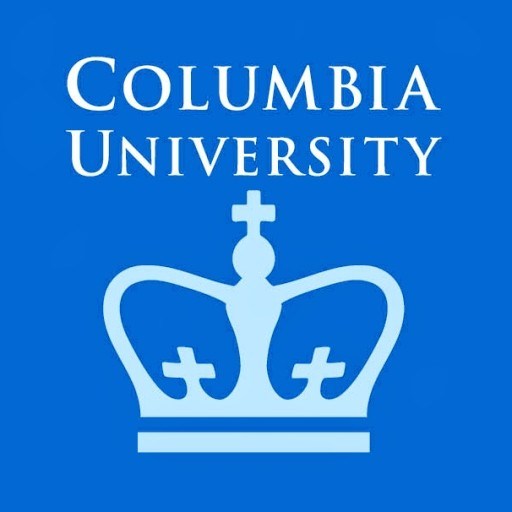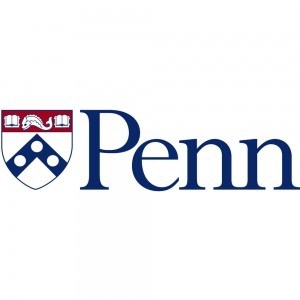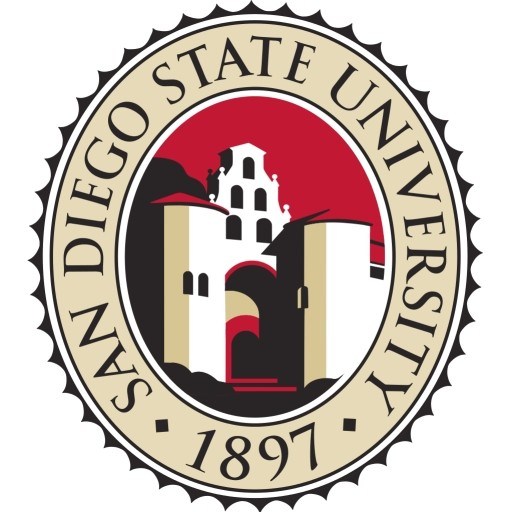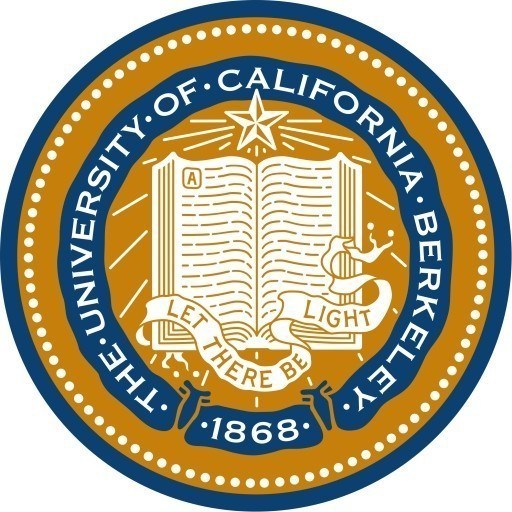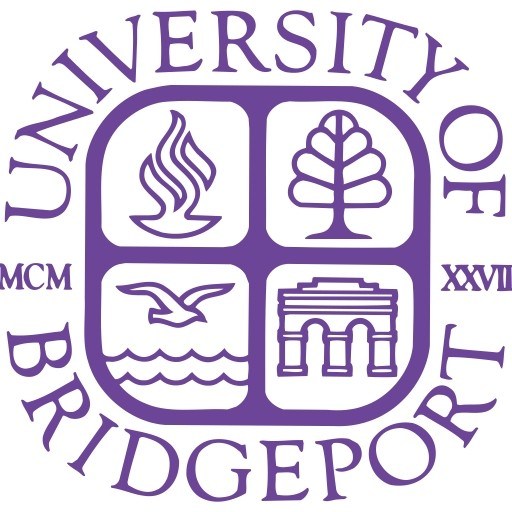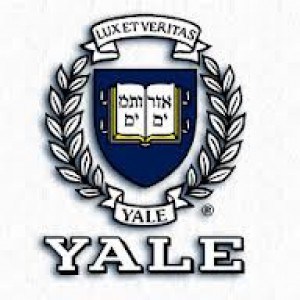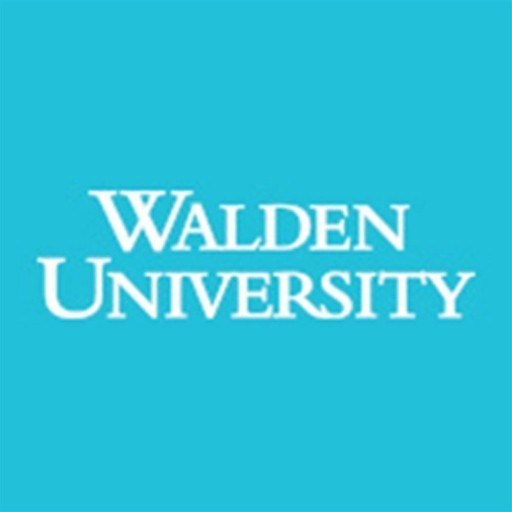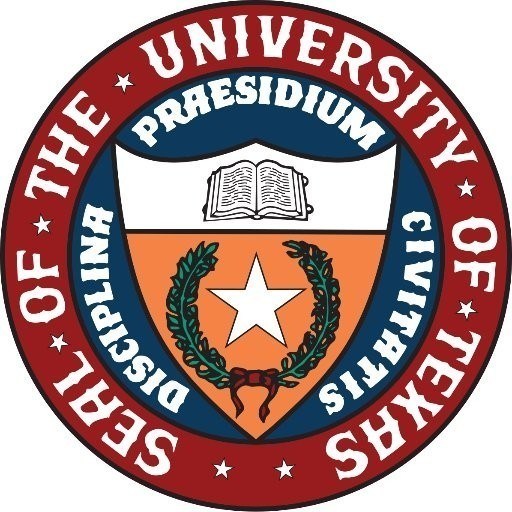Photos of university / #columbia
The Modern and Contemporary Art: Critical and Curatorial Studies (MODA) program at Columbia University offers an innovative and interdisciplinary curriculum designed to prepare students for careers in the dynamic fields of modern and contemporary art. This program integrates rigorous academic coursework with practical curatorial training, enabling students to critically analyze artworks within their historical, cultural, and social contexts. Students will engage with a wide array of topics, including art theory, museum studies, exhibition design, and art criticism, while exploring diverse artistic practices from the late 19th century to the present. The curriculum emphasizes the development of critical thinking skills, curatorial methods, and research techniques essential for engaging with modern and contemporary art scenes worldwide. Through a combination of seminars, hands-on projects, and internships, students gain valuable experience working in galleries, museums, and cultural institutions. The program also provides opportunities for collaboration with faculty who are leading scholars and practitioners in the field, fostering a vibrant intellectual community. Graduates of MODA are equipped to pursue careers as curators, art critics, museum educators, exhibition designers, or continue their academic pursuits in doctoral programs. The program’s location within Columbia University offers access to a rich network of resources, including the university’s extensive art collections, research libraries, and proximity to New York City’s world-renowned art scene. With a focus on critical inquiry, innovative curatorial practices, and cultural engagement, the MODA program prepares students to contribute thoughtfully and creatively to the evolving landscape of modern and contemporary art.
Coursework
All students in the program are required to accumulate 2 Residence Units and take a total of eight graduate courses plus two sections of the MA Thesis course.
- All students must take for a letter grade the mandatory Critical Colloquium and Curatorial Colloquium in the first year.
- Also required are six courses at either the 8000, 6000, or 4000 level. Of these courses, no more than two should be taken for R credit. Students who wish to take 3000-level courses must get instructor approval to take them for 4000-level credit (which commonly involves additional course assignments).
- All students must take two sections of the MA Thesis course during their final year in the program.
- With the consent of their advisors, students may take courses in other departments in the history, culture, literature and philosophy of their area of interest.
- To ensure permission to continue in the program, students are warned against the accumulation of Incompletes in their MA coursework.
Language Requirement
Knowledge of one foreign language relevant to their program of study must be demonstrated in order to complete the MA. For specific information on fulfilling the language requirement, see the section entitled Fulfilling Language Requirements in the student handbook.
Western/Non-Western
Students whose concentrations are within modern and contemporary art outside the West are strongly encouraged to take one course in the pre-Modern arts of their specific region of study. The aim is to complement one’s study of "global" modern and contemporary art with the pre-modern arts of Asia, Africa, the Middle East, and the Americas.
Problems in Curatorial Practice and Problems in Art Criticism
In order to pursue academic credit for an internship, students should speak with their advisor about the requirements for Problems in Curatorial Practice and Problems in Art Criticism. These independent study courses are conceived as the academic complements to curatorial and critical work and thus integrate intellectual reflection with a student's practical experience outside the classroom. These courses may be pursued after the first semester of study. Students may only register for one that will count toward the degree's completion.
Completion of MA Requirements
Full-time students must have completed all required coursework for the MA degree by the end of their first year and be given a favorable first‑year evaluation to continue to the MA thesis stage. The MA thesis (and two sections of the MA Thesis course) must be completed within the second and final year in the program.
Part-time students must have completed all required coursework for the MA degree by the end of their third year and be given a favorable first, second-, or third-year evaluation to continue to the MA thesis stage. The MA thesis (and two sections of the MA Thesis course) must be completed no later than the fourth year in the program.
Note the minimum admission requirements described in the GSAS Bulletin and on the Questions and Answers page. Recipients of the free-standing MA will be considered for admission to the PhD only upon separate application to the PhD program in the department.
Sample Program
10 courses (30 points of credit), one MA thesis required for graduation.
| Semester 1 | Semester 2 | Semester 3 | Semester 4 |
|---|---|---|---|
| Critical Colloquium Lecture Lecture Lecture |
Curatorial Colloquium Lecture Lecture Lecture or Seminar |
MA Thesis I: Research Lecture or Seminar (optional) |
MA Thesis II: Writing Lecture or Seminar (optional) |
Requirements
- Official transcripts of all previous post-secondary education
- A statement of academic purpose (2 to 3 pages double-space)
- CV
- 3 letters of recommendation
- GRE scores
- TOEFL or IELTS scores (for international students)
- Writing sample (10-15 pages) — this should be an example of your best scholarly writing and should be a complete text
- Application Fee
The Modern and Contemporary Art: Critical and Curatorial Studies (MODA) program at Columbia University primarily funds its students through a combination of fellowships, teaching assistantships, and scholarships. These financial aid options are designed to support students throughout their graduate studies, enabling them to focus on academic and professional development without undue financial burden. Fellowships are awarded based on academic merit, potential for contribution to the field, and financial need, and they often include a stipend that covers tuition and living expenses. In addition to fellowships, students have opportunities to serve as teaching assistants, which provide supplementary financial support and valuable teaching experience. Scholarships specifically designated for MODA students are also available, sometimes provided through external grants or university-endowed funds. Columbia University’s Office of Financial Aid and the Department of Art History and Archaeology assist students in identifying and applying for various funding sources, including external grants, research stipends, and private scholarships. International students may have access to additional funding options, though these can vary based on nationality and visa status. Some students also secure additional financing through research grants or external fellowships related to their specific research interests. The program encourages students to seek external sources of funding early, as securing additional financial resources can significantly reduce the economic burden of graduate study. Overall, Columbia’s MODA program aims to make advanced study in modern and contemporary art accessible to qualified candidates through a comprehensive financial aid package, promoting diversity and inclusion within the field by supporting students from various financial backgrounds.
The Master of Arts in Modern and Contemporary Art: Critical and Curatorial Studies (MODA) at Columbia University offers students a comprehensive exploration of contemporary art practices, curatorial strategies, and critical discourse. Designed for individuals aspiring to careers in museums, galleries, arts organizations, or academic institutions, the program equips students with advanced skills in art history, curation, and critical theory. The curriculum combines rigorous academic coursework with practical experiences, including internships and collaborative projects, enabling students to develop a nuanced understanding of the art world's evolving landscape. Students engage with a diverse range of mediums, from traditional painting and sculpture to digital and new media art, fostering an interdisciplinary approach to curation and criticism. Faculty members are renowned experts in contemporary art fields, providing mentorship through seminars, workshops, and individual guidance. The program emphasizes innovative research, critical thinking, and ethical considerations in art practice and curation. Graduates of the MODA program are well-prepared to contribute to cultural institutions, publish scholarly articles, or continue doctoral research. Situated in New York City, a global hub for art and culture, Columbia University offers unparalleled access to museums, galleries, and art events, enriching students' practical training and professional networks. The program typically spans two years, culminating in a thesis project or curatorial exhibition that demonstrates mastery of theoretical knowledge and practical skills. Overall, the MODA program aims to develop critical curators and scholars who are knowledgeable about contemporary art trends and capable of shaping discourse within the arts sector.
